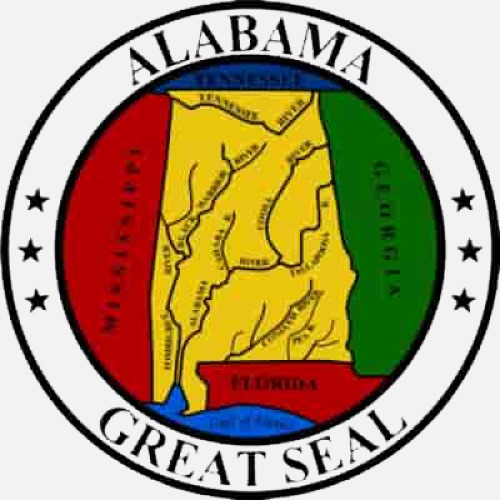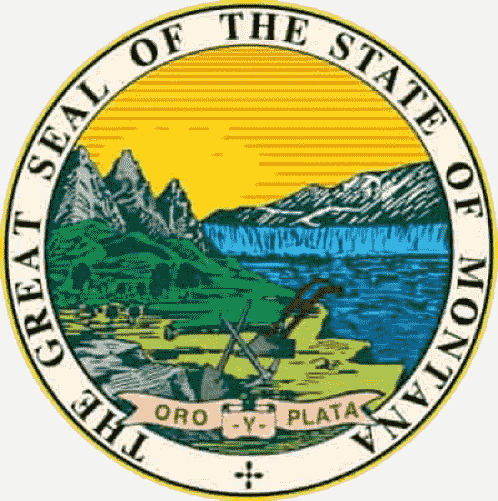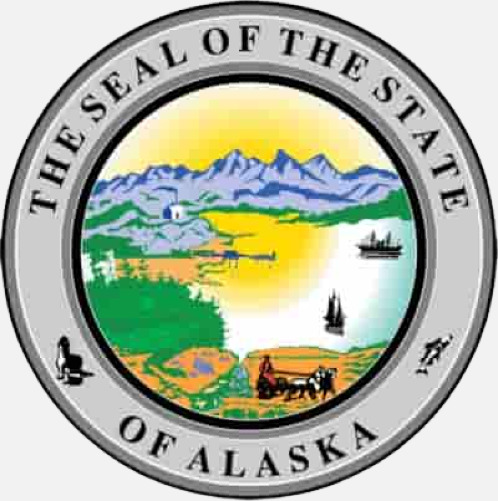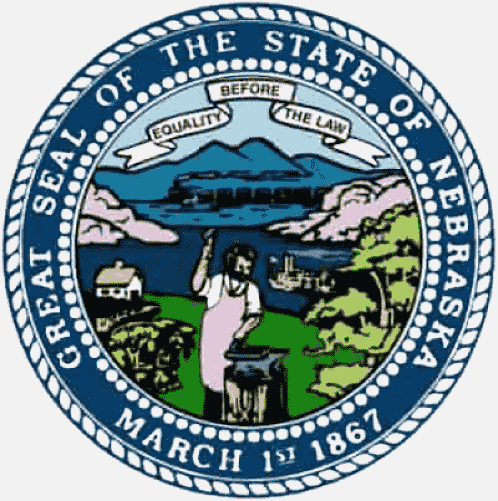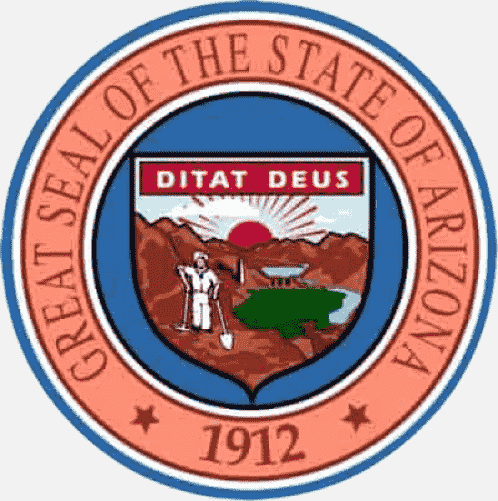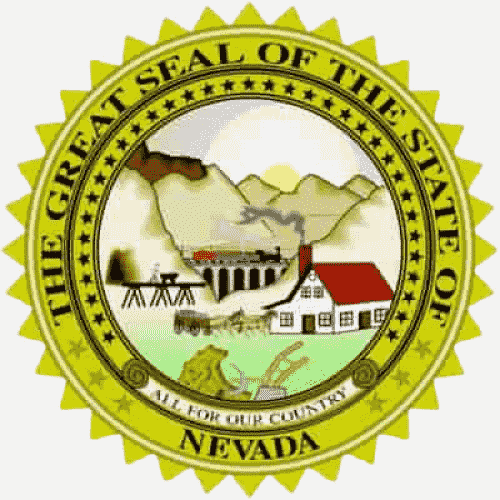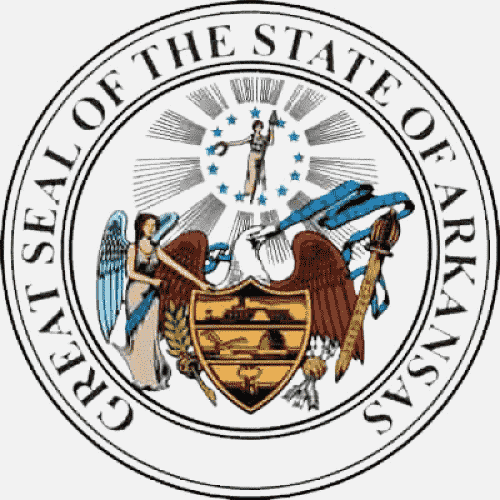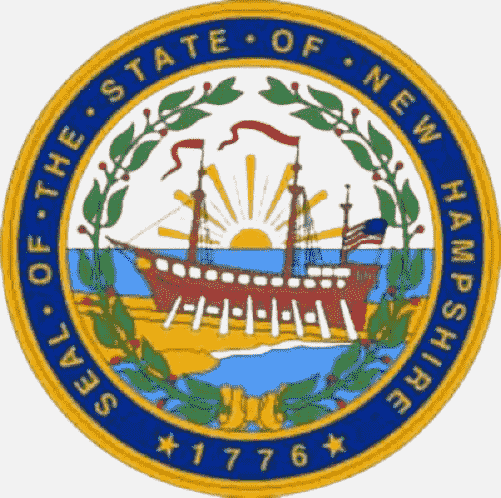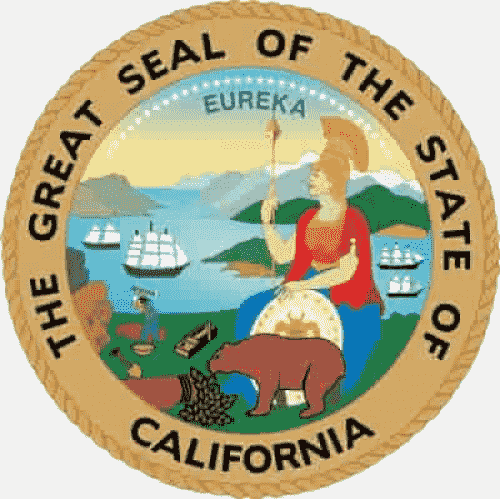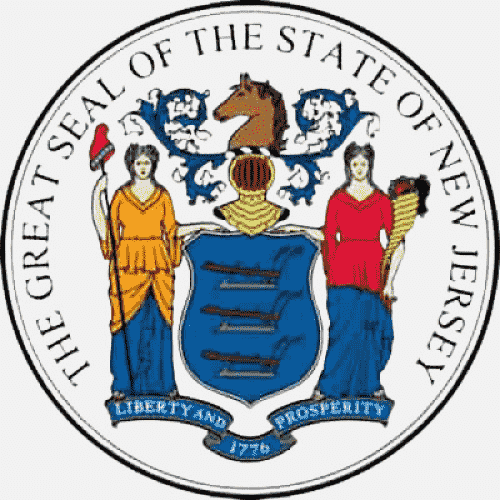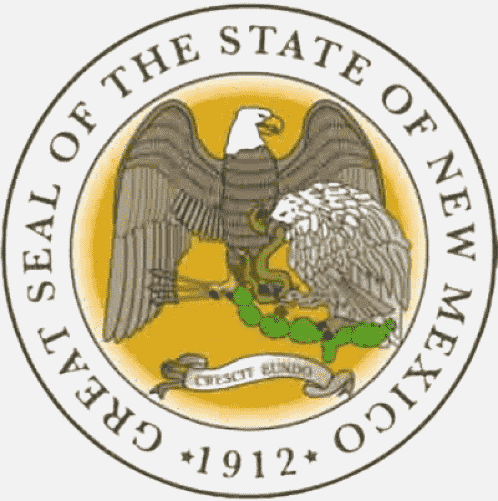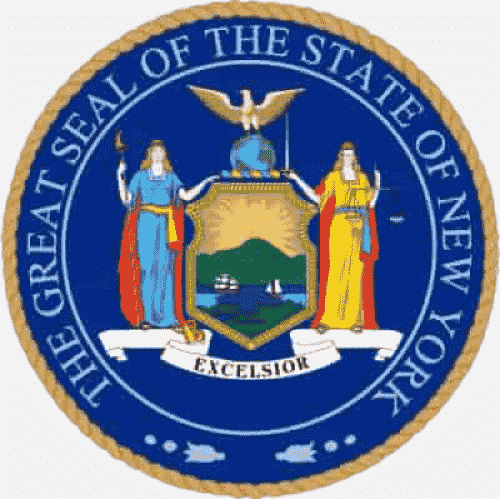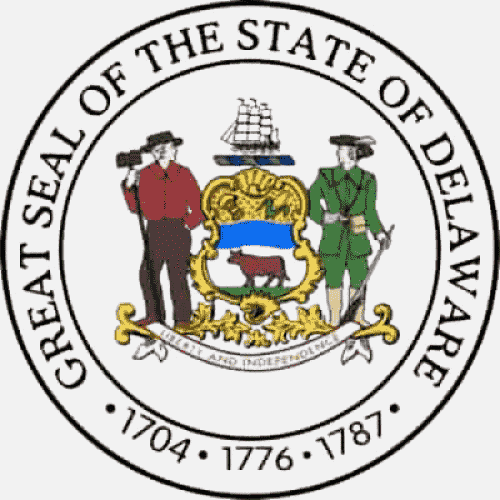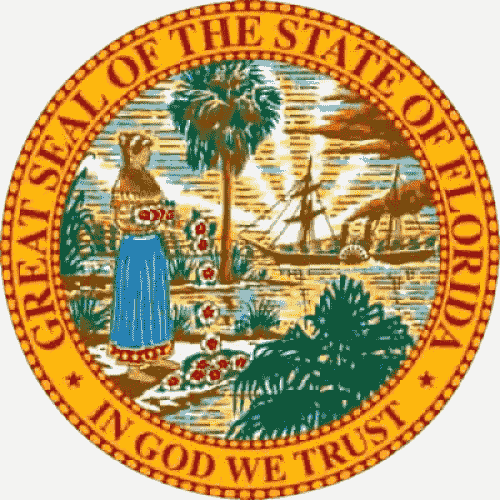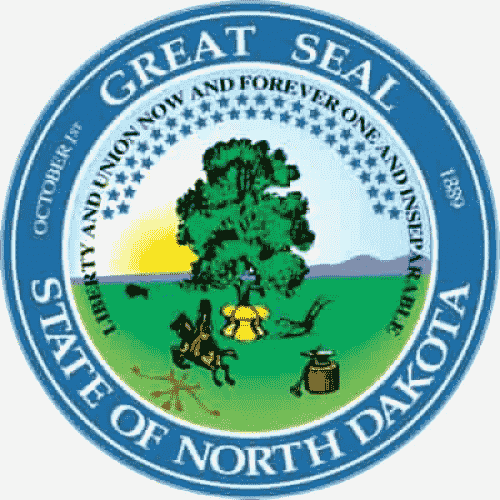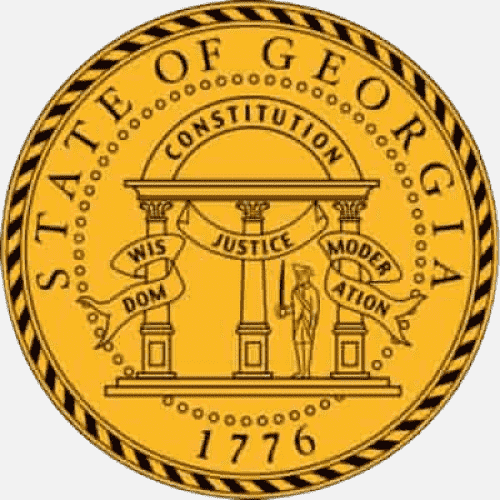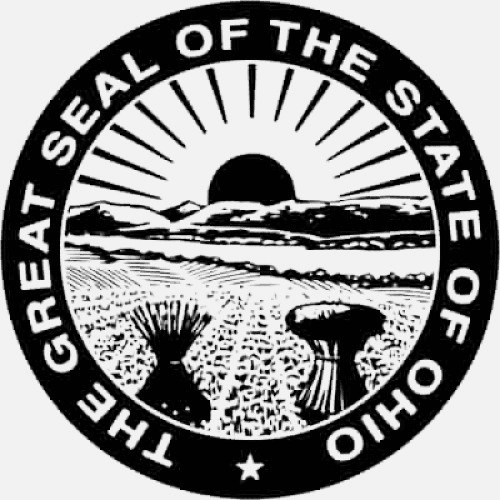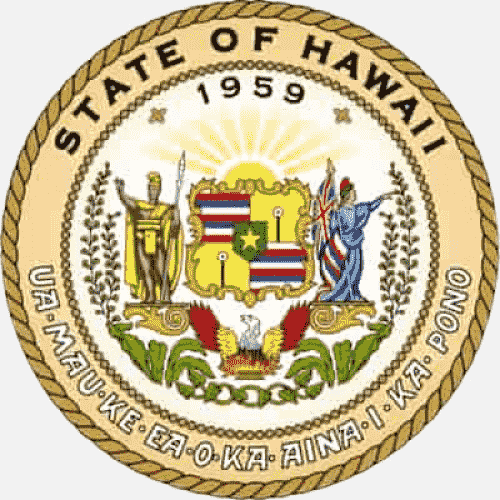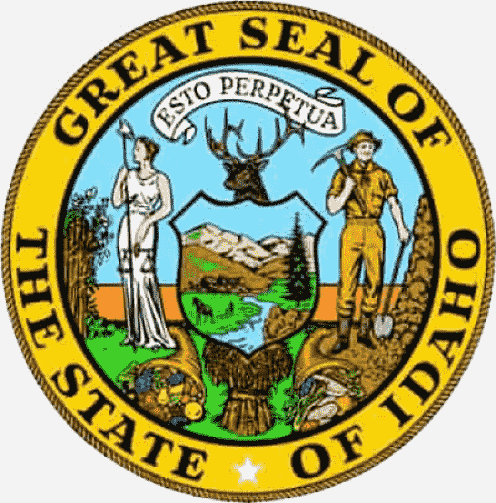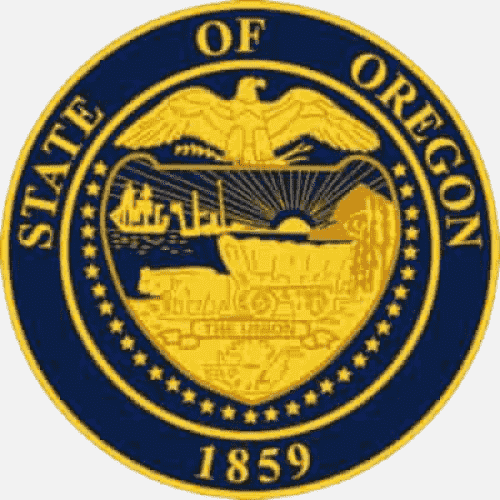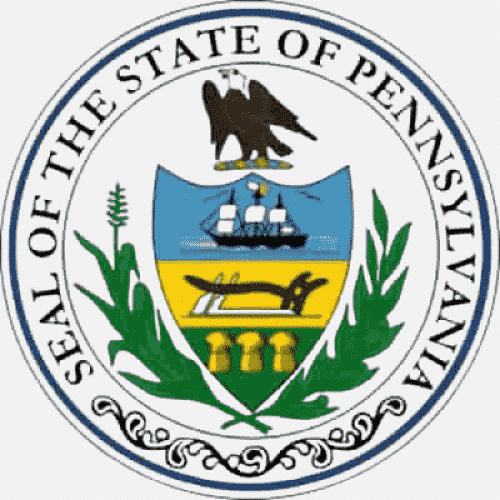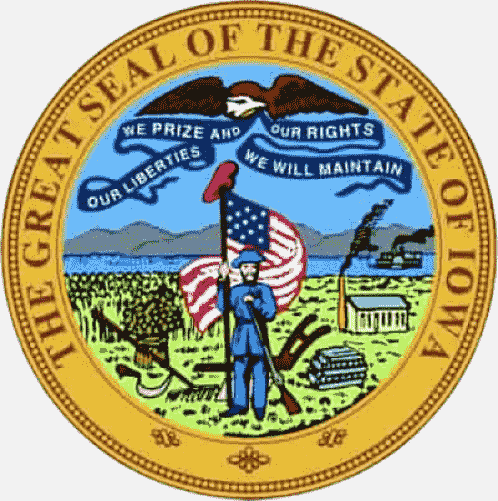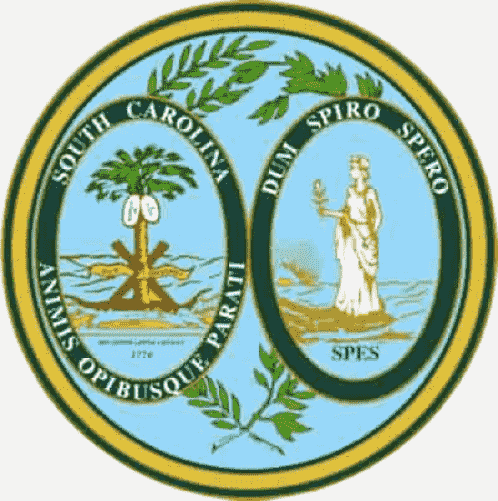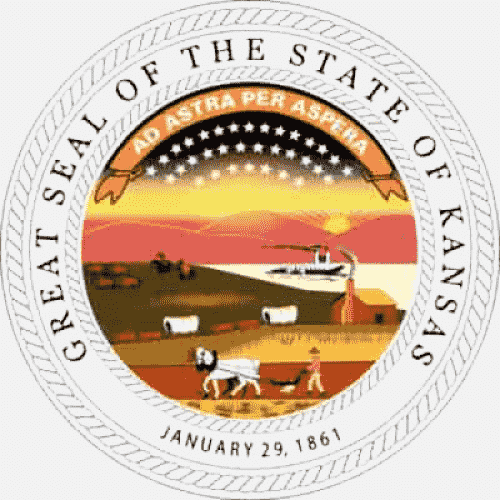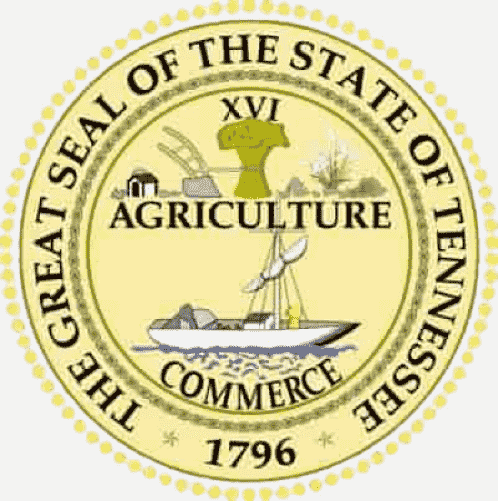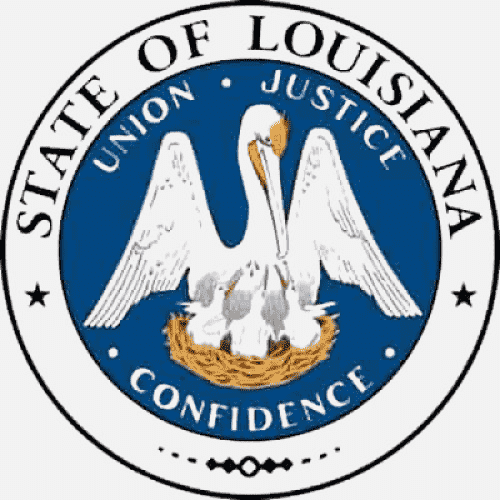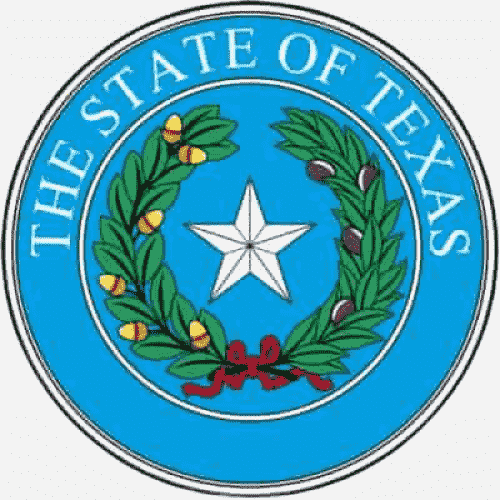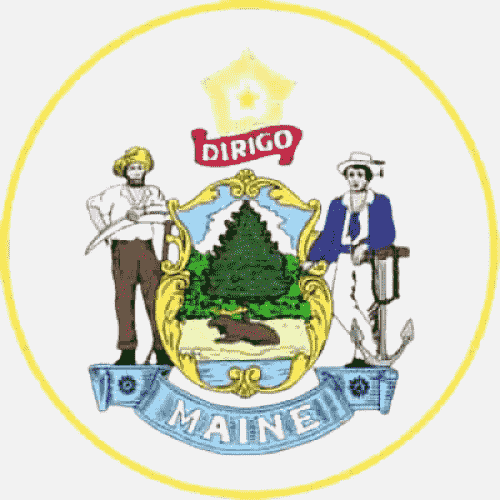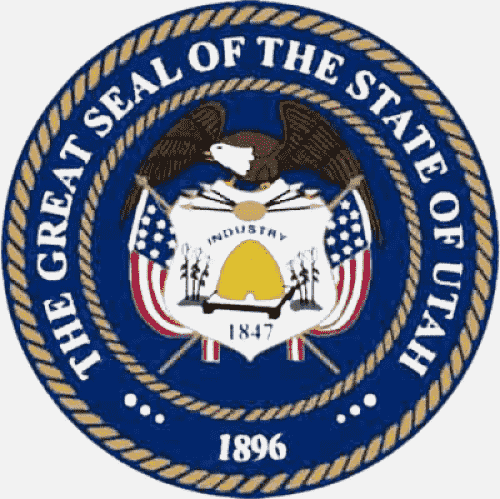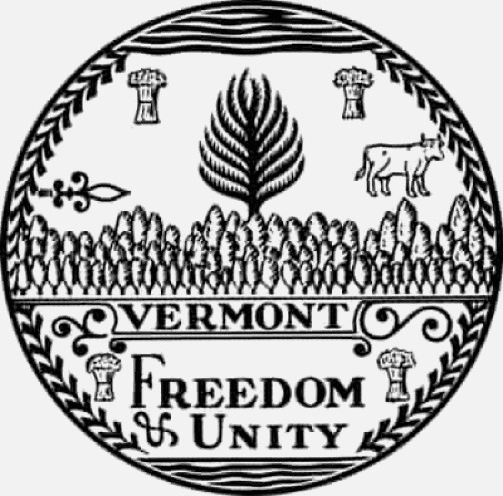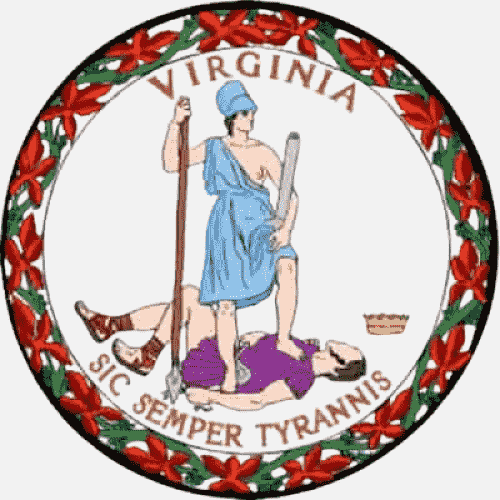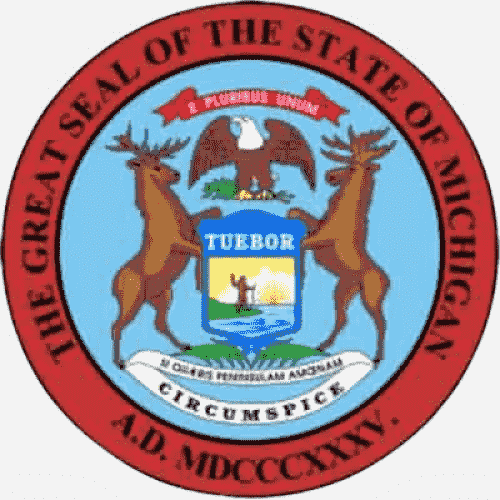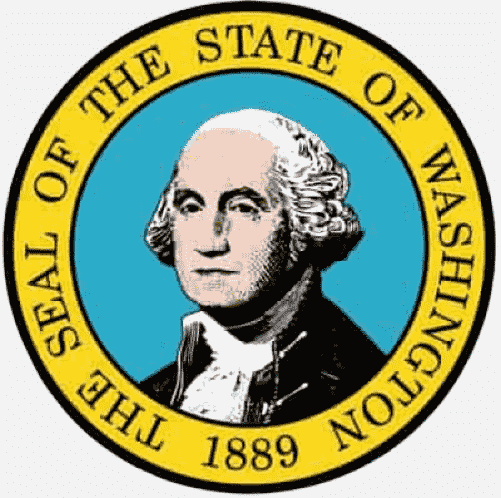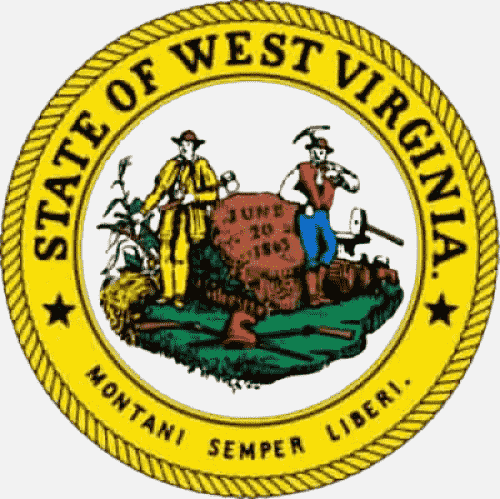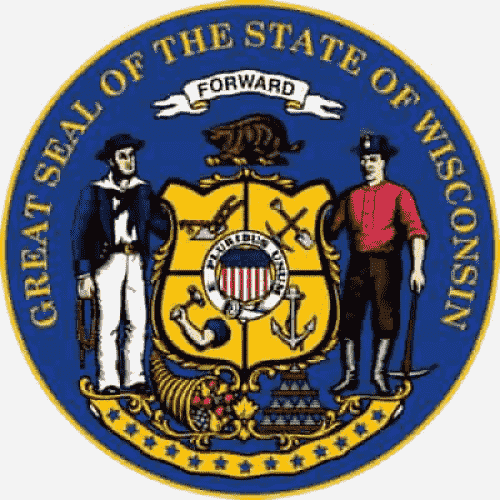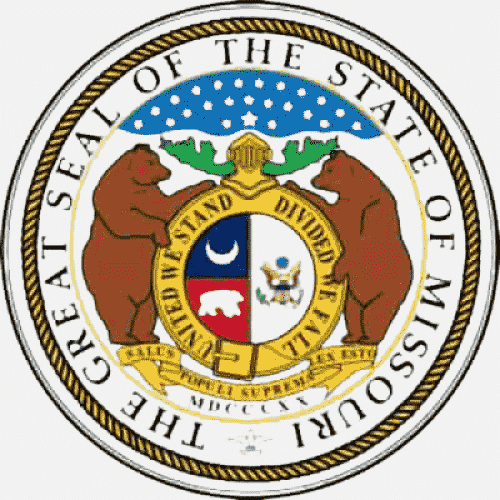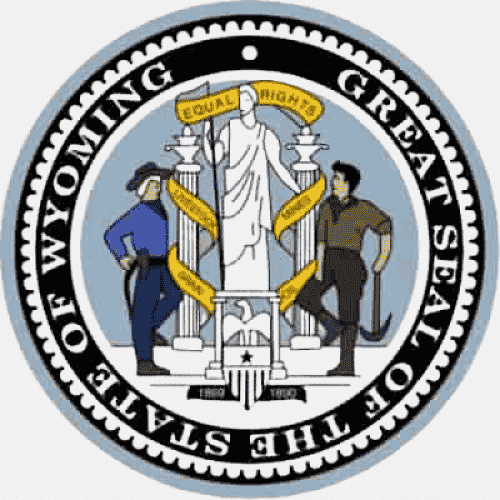
Print List of States
We created this website to provide a safe way for kids to research information about the 50 United States. It works for adults too! Free from pop-up ads and unscrupulous website links visitors are able to locate hundreds of ‘safe’ web-pages and websites dedicated to the subject matter they are researching. Many middle school teachers utilize this site by adding a link to their classroom website menu, allowing all of their students to study in unison.
Here’s how it works:
Locate the subject matter you are researching and click on a link or image shown. Depending where you are located on our site this link will lead to either a Wikipedia page related to your research, or to the Official Website about that subject. Click on a state link, flag, museum, seal, memorial site, or historical document and learn more about that subject. You will find the info you need by visiting these locations.
State:
A region of the United States that has its own government for some matters. Each state is a territorial division of America and elects members to Congress to represent their state, forming a branch of the federal government. There are 48 contiguous states in North America plus Alaska in northwest North America and the Hawaiian Islands in the Pacific Ocean.
Learn more about each State.
Click any State below to visit its official website.
(or jump to State ‘Wikipedia’ page links menu here)
The 50 States
Click on the links below to learn more about that subject.
Official U.S. Government Sites
| The White House | Washington D.C. |
| The Cabinet | Congress |
| Senate | House of Representatives |
| The Executive Branch | Library of Congress |
| The Legislative Branch | National Archives |
| The Judicial Branch | The Supreme Court |
| DOD | CIA |
Documents of Democracy
(Wikipedia)
Museums and Memorials
Presidential Libraries and Museums
Share this website with your friends
Perspective
It may be hard for some of you to imagine, but there was a time when we didn’t have Cars, Computers, and Televisions. How did we ever get along without our Tablets, Smart Phones, or Text Messaging. No iTunes, cd’s, or iPads to listen to our music. What did people do? How did they find their way without a GPS system, or even a simple map?
Yes, we do have an easy life compared to those who paved the way for America. We should never forget the struggles and hardships people had to endure in order to survive, let alone progress. Sometimes people went days without food or water, things we take for granted today, don’t forget, back then they had no grocery stores or 7-11’s.
Still, they persevered and explored the world around them, discovering new lands and opportunities as they went. Allowing us, in the 21st Century, to live like royalty did in their times; with an abundance of food, drink, freedom, and entertainment. Be appreciative of their efforts as you study about the history of America and the formation of The United States.
The Beginning
On a November morning in 1620, just 98 days out of England, the 180-ton Mayflower completed her rendezvous with history. She had arrived in America, bearing the bright hopes and meager possessions of the original Pilgrims, a resolute band of a hundred-plus men and women pursuing the dream of liberty.
While the party paused at what is now Provincetown on Cape Cod, Captain Miles Standish went exploring in a large shallop and found a harbor across the bay. There at Plymouth the Pilgrims settled-and barely in time.
In the full fury of that first New England winter, half the settlers died. Yet those who survived sank their roots deep. And years later, looking back to the desperate times, their tough-minded governor, William Bradford, could write: “Thus out of small beginnings greater things have been produced by His hand that made all things of nothing, and gives being to all things that are; and, as one small candle may light a thousand, so the light here kindled hath shone unto many, yea in some sort to our whole nation.”
Bradford and his Pilgrims had indeed kindled an extraordinary light on their barren coasts-a light that was eventually to illumine something more than the economic sinews of the most fabulously prolific land ever worked by man.
“Those coasts,” observed the prescient Frenchman Alexis de Tocqueville in 1835 in his book ‘Democracy in America‘, “so admirably adapted for commerce and industry; those wide and deep rivers; that inexhaustible valley of the Mississippi…seemed prepared to be the abode of a great nation yet unborn.
In that land the great experiment of the attempt to construct society upon a new basis was to be made…there, for the first time…theories hitherto unknown, or deemed impracticable, were to exhibit a spectacle for which the world had not been prepared.”
Now the nation is full-grown, and the westward movement which brought it to fruition is over. But the Pilgrims’ light nevertheless burns on. “No man” wrote the 20th Century American poet Archibald MacLeish, “can come to the Pacific coast of this continent…and feel that he has come to the end of anything.
The American journey has not ended. America is never accomplished, America is always still to build; for men, as long as they are truly men, will dream of man’s fulfillment.”
The States
The United States is a federal union of fifty states. The original thirteen states were the successors of the thirteen colonies that rebelled against British rule. Early in the country’s history, three new states were organized on territory separated from the claims of the existing states: Kentucky from Virginia; Tennessee from North Carolina; and Maine from Massachusetts.
Most of the other states have been carved from territories obtained through war or purchase by the U.S. government. One set of exceptions comprises Vermont, Texas, and Hawaii: each was an independent republic before joining the union. During the American Civil War, West Virginia broke away from Virginia.
The most recent state—Hawaii—achieved statehood on August 21, 1959. The states do not have the right to secede from the union.
At 3.79 million square miles (9.83 million km2) and with about 307 million people, the United States is the third or fourth largest country by total area (the ranking varies depending on how two territories disputed by China and India are counted and how the total size of the United States is calculated), and the third largest by land area and population.
The United States is one of the world’s most ethnically diverse and multicultural nations, the product of large-scale immigration from many countries.
The two most traumatic experiences in the nation’s history were the Civil War (1861-65), in which a northern Union of states defeated a secessionist Confederacy of 11 southern slave states, and the Great Depression of the 1930s, an economic downturn during which about a quarter of the labor force lost its jobs.
Buoyed by victories in World Wars I and II and the end of the Cold War in 1991, the US remains the world’s most powerful nation state. Since the end of World War II, the economy has achieved relatively steady growth, low unemployment and inflation, and rapid advances in technology.
Click any State Seal below to visit that States Wikipedia page.
